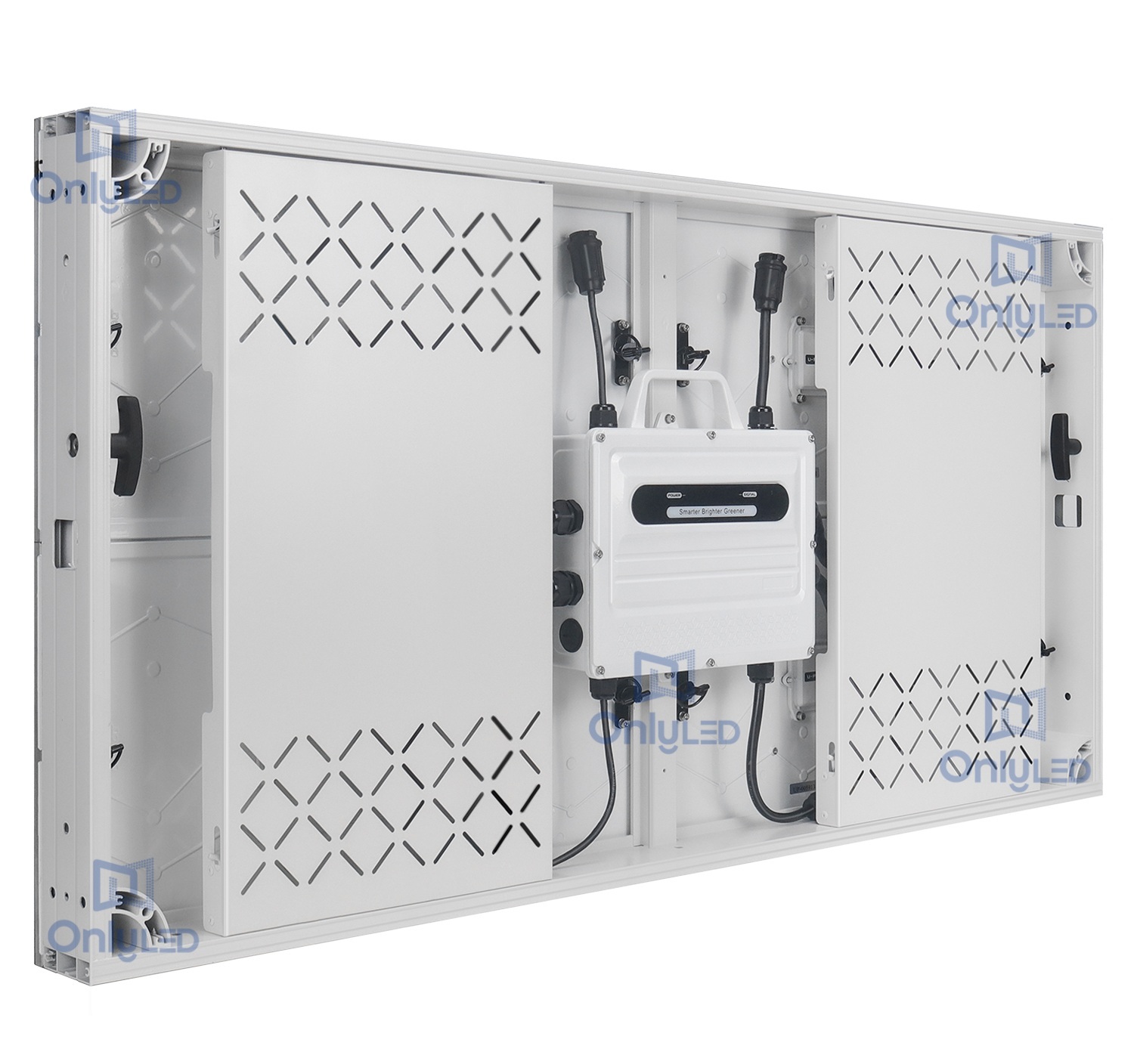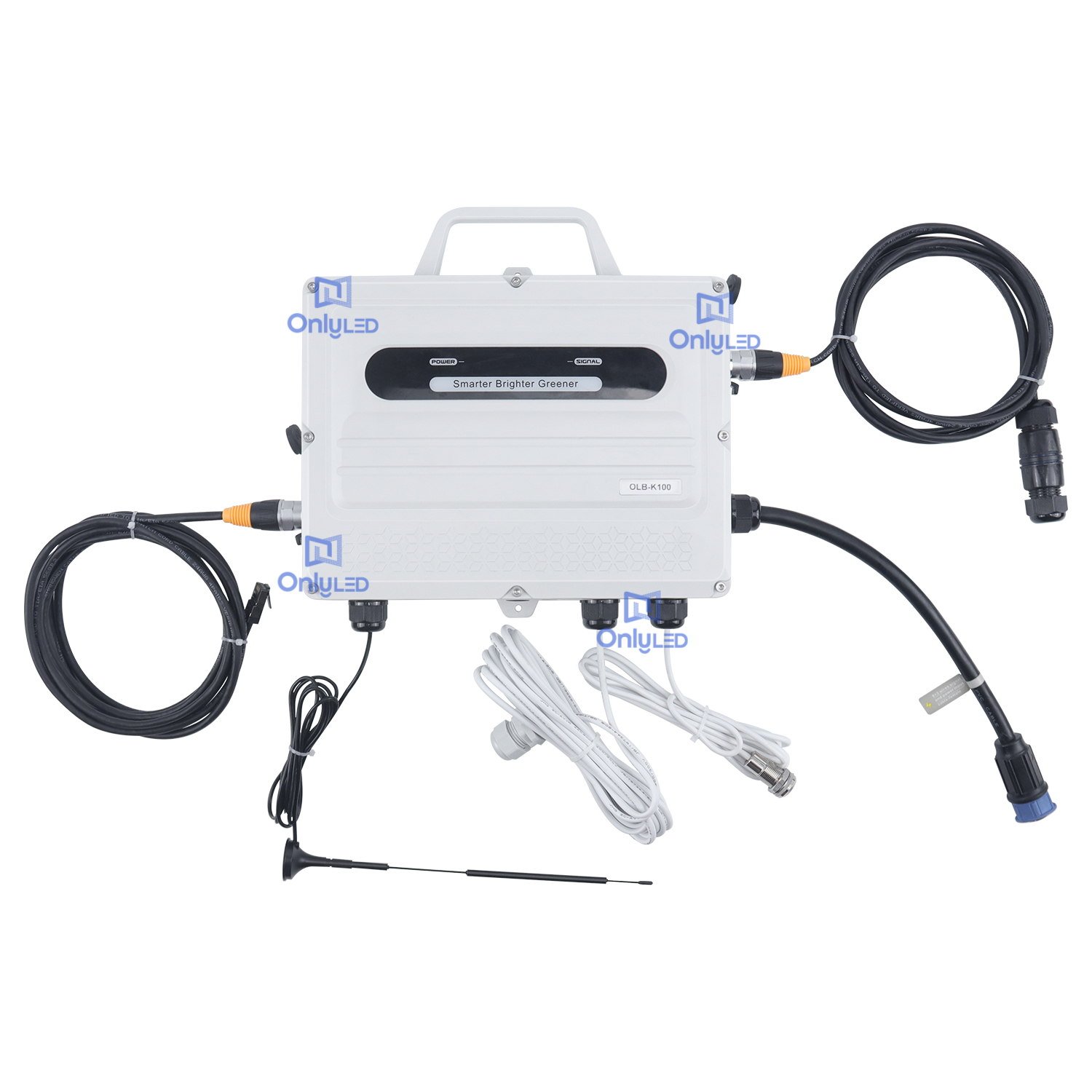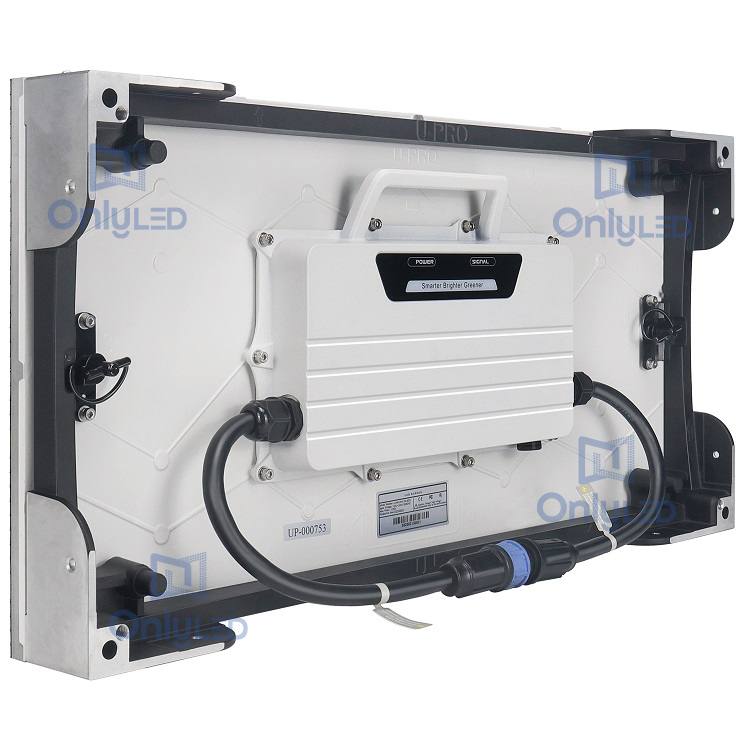Industry News
Introduction: Digital Signage and DOOH Definition

Digital signage and DOOH (Digital Out of Home) are two terms commonly used in the field of advertising and communication. While they have similarities, there are also clear differences between the two. ONLY LED Digital Signage Brands Learn all about the differences and similarities between digital signage and DOOH.
1. Digital Signage
Digital signage refers to the use of digital displays (usually LCD or LED panels) to present multimedia content such as images, video, and text. It is commonly used in advertising, information dissemination and brand promotion. Digital signage can be found in a variety of environments, including retail stores, airports, hotels and public spaces. The main purpose of digital signage is to grab attention and engage your audience through visually appealing and dynamic content.
2. DOOH (Digital Out-of-Home)
DOOH, on the other hand, refers to digital advertising designed specifically for out-of-home locations. It involves using digital displays, similar to digital signage, but focused on reaching a wider audience in public areas. DOOH covers a variety of media formats including billboards, bus shelters, street furniture and even large digital screens in urban areas. DOOH's key differentiator is its ability to target consumers in high-traffic locations, allowing advertisers to maximize exposure.
3. Main differences
Now let’s dive into the key differences between digital signage and DOOH:
Audience: Digital signage targets an audience within a specific location, such as a shopping mall or restaurant. DOOH, on the other hand, aims to reach a larger audience in public spaces, which may include pedestrians, commuters, and drivers.
Location: Digital signage is typically installed indoors, where it can be controlled and protected from environmental factors. However, outdoor media installations are strategically placed outside to optimize visibility and audience reach. These units must be weatherproof and durable.
Content Strategy: Digital signage content focuses on creating an immersive and engaging experience for audiences within a specific venue. Out-of-home media content, on the other hand, needs to be concise, impactful and easy to understand within a limited time frame as it targets individuals on the move.
Network Management: Digital signage networks are typically managed at individual locations and controlled by the venue owner. DOOH networks, on the other hand, often need to work with numerous stakeholders, including out-of-home advertising companies, media buyers and local authorities.
In summary, digital signage and DOOH are two distinct but related concepts in the world of advertising and communications. Digital signage primarily focuses on using visually dynamic content to engage and inform audiences within a specific venue. Outdoor media, on the other hand, targets a wider audience in public spaces and requires concise and impactful content designed for the ever-changing environment. Understanding the differences between digital signage and DOOH can help advertisers and marketers make informed decisions about their advertising strategies.




